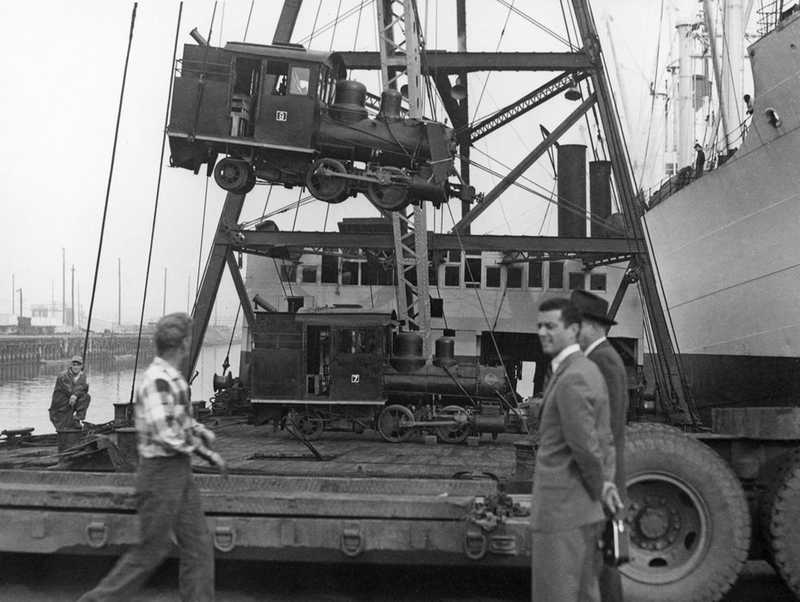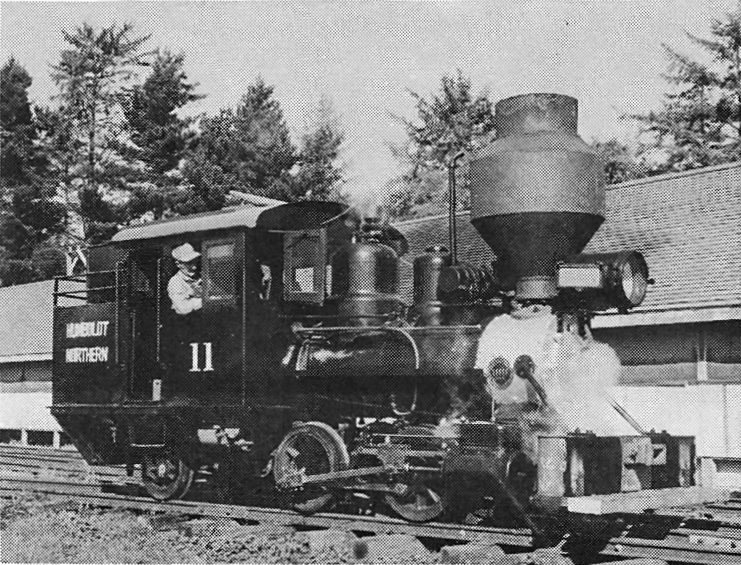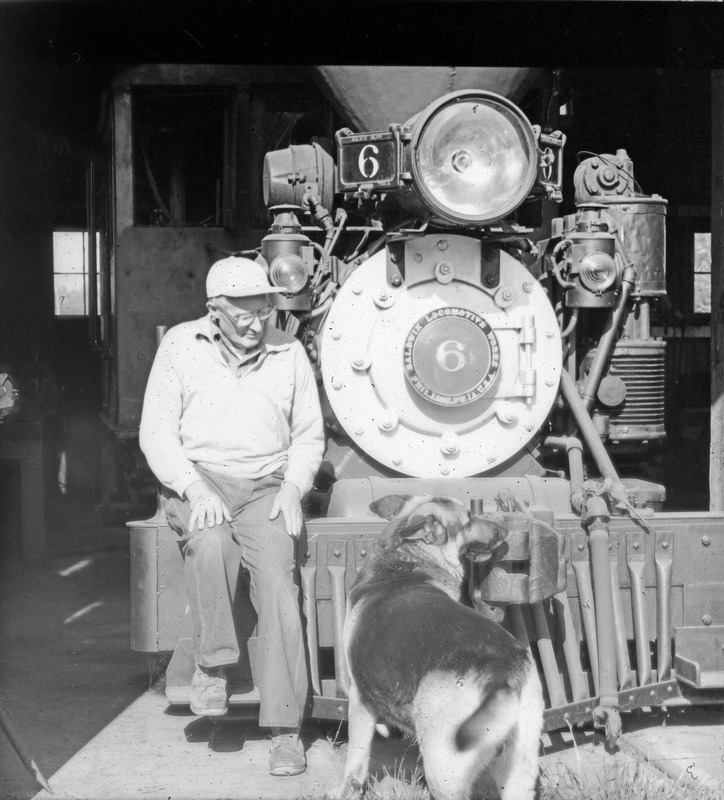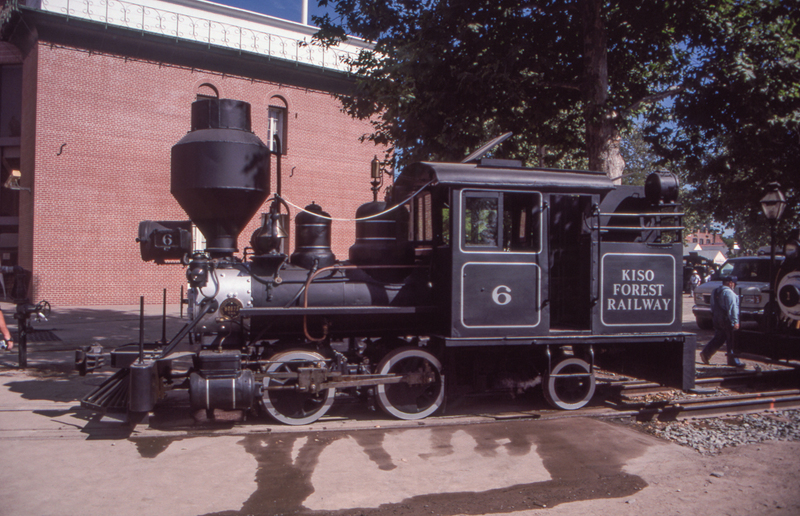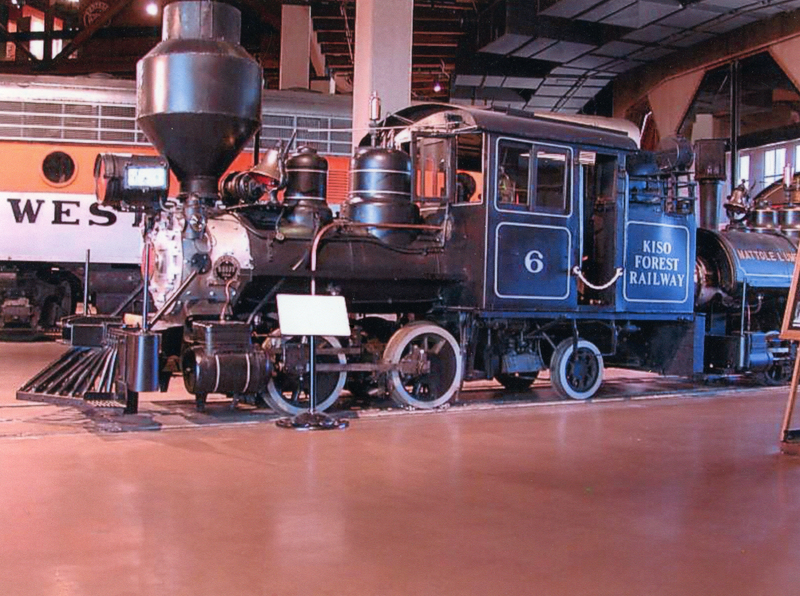
Kiso No. 9 Returns Stateside
In 1959, the Kiso Forest Railway began the transition to an all-diesel fleet of locomotives. Kiso No. 9 was sold and exported back to the United States to a private owner, Henry L. Sorensen. It is one of two of the steam locomotives returned to the U.S. at the same time- the other was also purchased by an American rail enthusiast. Today, the second locomotive (No. 7) resides in Southern California as part of a private collection.
Sorensen built a personal use railroad at his home in McKinleyville, CA. He had a strong interest in Northern California logging railroad operations, notably with a focus on the narrow gauge Arcata and Mad River Railroad, the oldest recorded railroad in California and Sorensen’s childhood local railway. Sorensen had collected several artifacts from the railroad. This includes a passenger car converted into a caboose, a unique piece of rolling stock that Sorensen donated to our museum and now sits in our collection awaiting restoration.
While at McKinleyville, the Kiso No. 9 underwent heavy modifications to match the California logging railroad aesthetic that Henry desired. Notably, the frame was cut in half and widened to convert the gauge to 36 inch, the common gauge for American logging railroad equipment.
Additional modifications included a bell, new headlight with number boards, American marker lights, a steam-powered air compressor and front-mounted air reservoir, a steel front buffer with a “cow catcher” pilot and American coupler pocket, brakeman hand holds, removal of all glass in the windows, and reversion of the extended bunker to the as-delivered design.
Sorensen renumbered and rebranded the locomotive to Humboldt Northern No. 11, the railway name being a homage to the small and defunct logging railway in McKinleyville. The number is based on number plates Sorensen had from a scrapped locomotive, which matched the aesthetic of the new design. The inaugural American run took place in October 1971. The locomotive ran on Sorensen’s property for the next several decades. It was eventually renumbered to No. 6 to match a newly recovered Baldwin smokebox number plate.
The locomotive’s last live steam public appearance was at the landmark Railfair 1999 in Sacramento, CA. The locomotive was partially reverted and adorned with a non-historical “Kiso Forest Railway” paint scheme, with the company name on the side of the bunker in English and white pinstriping similar to the builder scheme applied. The city name of Agematsu was painted on underneath the engineer window. There is no photographic evidence of this feature existing during the locomotive’s service life, so it may be a creative addition. The air system was removed, but many of Sorensen’s other customizations remained intact.
The locomotive remained in Sacramento after the event. Sorensen ultimately donated the locomotive to the California State Railroad Museum in 2004. It had been included in the roundhouse static display rotation for some time, but was put in long-term storage in 2019.




